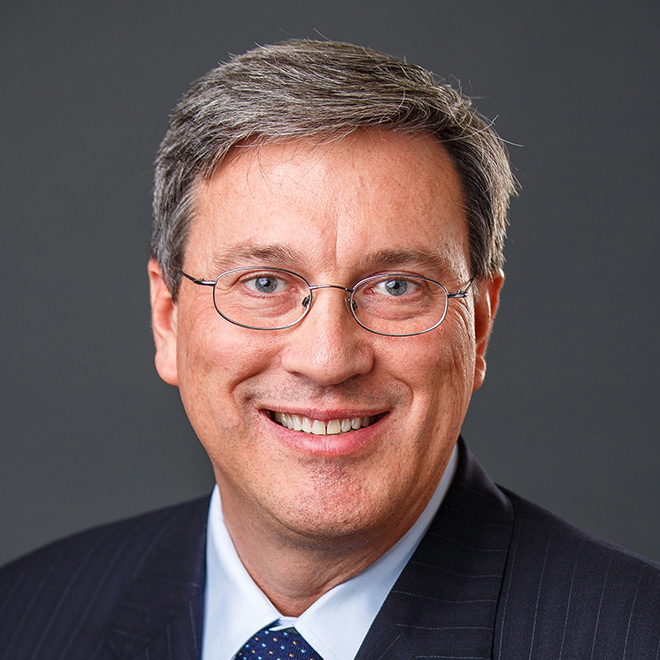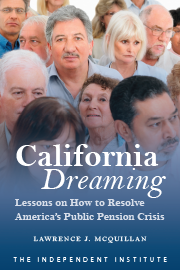The next time you swipe your debit or credit card at the gas pump, you’ll be doing more than filling your tank. You’ll also be helping to finance parks, bike paths, pedestrian walkways, overlooks, viewing areas, parking lots, turnouts, “stack-and-pack” housing and government land grabs in California. In short, you’ll be subsidizing the California lifestyle, without enjoying any of the benefits.
To understand how this works, just follow the money.
When you purchase gasoline in the United States, you pay an 18.4 cent-per-gallon federal gas tax. That money goes into the Highway Trust Fund, created in 1956 to fund the construction and repair of the Interstate Highway System.
To nobody’s real surprise, over time the trust fund has become a slush fund to finance various “smart growth” projects unrelated to highways.
For example, the so-called Moving Ahead for Progress in the 21st Century Act (MAP-21), signed into law in July 2012 and funded primarily by the Highway Trust Fund, provides more than $105 billion in fiscal years 2013 and 2014 for “surface transportation programs.”
Those programs, however, include far more than roads and bridges. They also include “transit, bike and pedestrian” projects. So, according to the government, walking is now a “surface transportation program.”
But that’s not all.
Nearly $800 million of MAP-21’s money also was funneled to the OneBayArea Grant Program (OBAG). This program, coordinated with Plan Bay Area, a master plan for housing, transportation, and land use in the nine-county San Francisco Bay Area through 2040, was approved by the Association of Bay Area Governments and the Metropolitan Transportation Commission in July 2013.
According to official documents, the first round of MAP-21 OBAG funding commits $10 million to “Priority Conservation Areas”—primarily local government purchases of land for “long-term protection.”
This will further restrict private development in more than 100 Bay Area locations.
From afar, this may seem like no big deal. But it is a big deal, since roughly 75 percent of the land in the Bay Area already is off limits to development. The effect of these government-supported land purchases, therefore—paid for with your gas money—will be to jam more people into a smaller area by creating more “open space” preserves.
An additional $50 million of OBAG funding is intended to spur the development of high-density residential housing near mass transit hubs. Like walking, the government apparently considers crowded housing a surface transportation program.
Plan Bay Area will force 80 percent of the new housing needed in the area over the next 28 years, as its population grows from 7 million to a projected 9 million, into just 5 percent of the Bay Area’s land, clustered near mass transit.
Your gas money is helping to finance this scheme as well.
Your gas money also will fund Bay Area parks, bike paths, pedestrian walkways, scenic overlooks, viewing areas, and even parking lots. None of this will give you or anybody else better, safer highways.
“Sustainable communities” advocates have captured the Highway Trust Fund to finance their lifestyle choices and political agenda. And it’s not just in California. Property owners in a seven-county area of South Florida—including Broward, Miami-Dade and Palm Beach counties—currently are fighting a scheme similar to Plan Bay Area, called Seven50. In other words, the fever has spread from coast to coast.
Most motorists probably aren’t aware where their gas money goes, but they know from experience that many of our highways and bridges are in terrible condition.
Next time you hit one of those freeway potholes, be reminded that the money you paid at the pump to maintain our highways is being used to purchase land in Napa Valley, so wine snobs can ride their $5,000 mountain bikes.
That’s how “smart growth” really works.









